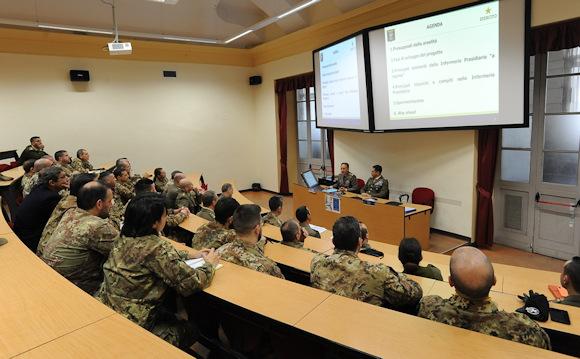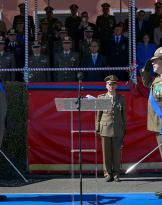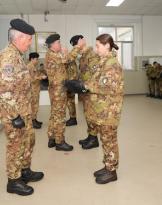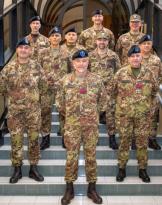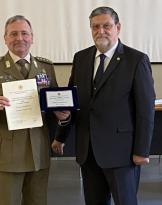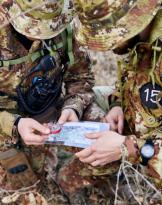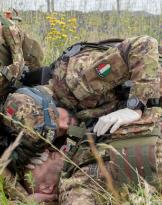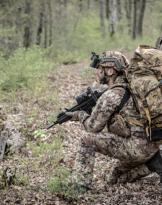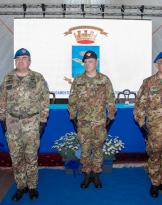The Army logistic commander, Army Corps General Francesco Paolo Figliuolo, spoke in recent days, at the Command for Training and Application School of the Army of Turin, at the first conference to present the new area revision model of military health.
The activity, organized within the COMLOG, by the Army Health and Veterinary Commander, Lieutenant General Antonio Battistini, aimed at illustrating to the commanders and medical personnel of the Armed Force units located in the North-West of the country, was replicated in the following days in Modena and Bari, for the benefit of staff operating in the remaining southern and island areas.
In his speech, the logistic commander underlined how Military Healthcare, like public health, needs professionalism that can, from a quantitative and qualitative point of view, cope with the demanding tasks assigned, in relation to the progressive contraction of human resources deriving from the law. on the reorganization of the military instrument (Law 244/2012).
In particular - continued General Figliuolo - the in-depth analyzes conducted on the subject by the Army Logistic Command, in concert with the Army Staff, highlighted the need for a dynamic evolution of the military health organization, according to a model of areal review which provides for the construction of the Presidiarie Infirmaries (provided for by Article 199 of the Code of Military Law) as leader / central elements of reference for the military structures already existing in the macro-areas of the national territory.
In the conclusions, the logistic commander highlighted how the project in question represents in summary an unavoidable and historic step in the evolution of the military health organization, aimed at raising its levels of efficiency and effectiveness, while providing an increasingly more service responding to the needs of the Armed Force, according to principles of quality, safety, equity, specialization and economic sustainability that characterize the most modern organizational realities of public health.

